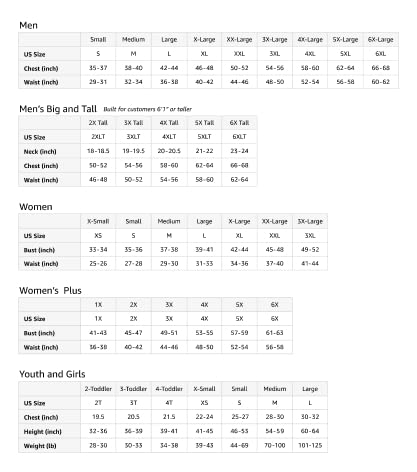The ongoing COVID-19 pandemic has had a profound impact on our daily lives, presenting unprecedented challenges across various spheres. As the world grapples with the far-reaching consequences of this global health crisis, it has become increasingly evident that the way we approach education must evolve to adapt to the new realities.
Traditionally, the educational landscape has been characterized by physical classrooms, face-to-face interactions, and a reliance on in-person instruction. However, the pandemic has necessitated a rapid shift towards remote and online learning, compelling educational institutions to reimagine their pedagogical approaches. This transition has not been without its challenges, as both educators and students have had to navigate the complexities of virtual learning environments, technological constraints, and the absence of the social and emotional elements that are typically associated with the traditional classroom setting.
Despite these difficulties, the pandemic has also presented unique opportunities for innovation and growth within the education sector. The increased adoption of digital technologies and the exploration of virtual and hybrid learning models have opened up new avenues for personalized, flexible, and accessible education. Online platforms have enabled educators to reach students in remote locations, providing them with opportunities to engage in learning that may have previously been inaccessible.
Moreover, the pandemic has highlighted the importance of adaptive and resilient educational systems that can respond effectively to rapidly changing circumstances. Educators have been called upon to develop creative teaching strategies, leverage digital tools, and foster collaborative learning environments, even in the absence of physical proximity. This shift has prompted a reevaluation of the traditional educational paradigm, leading to a greater emphasis on self-directed learning, critical thinking, and the development of essential 21st-century skills.
As we look to the future, it is clear that the lessons learned during the pandemic will have a lasting impact on the education landscape. While the road ahead may be challenging, the opportunities for transformation are vast. Policymakers, educational institutions, and stakeholders must work together to reimagine and reinvent education, ensuring that it remains responsive, inclusive, and equitable in the face of evolving societal needs.
The post-pandemic education system should be one that embraces technology, fosters personalized learning pathways, and prioritizes the holistic development of students. By harnessing the power of digital tools and leveraging collaborative learning models, educational institutions can create dynamic, engaging, and accessible learning experiences that cater to the diverse needs of learners.
Moreover, the pandemic has underscored the importance of addressing the disparities in access to educational resources and opportunities. Ensuring that all students, regardless of their socioeconomic background or geographical location, have equal access to quality education should be a top priority. This may involve implementing targeted initiatives, strengthening digital infrastructure, and providing necessary support and resources to underserved communities.
In conclusion, the COVID-19 pandemic has undoubtedly presented significant challenges for the education sector, but it has also opened up new possibilities for transformation. By embracing the lessons learned and leveraging the opportunities presented, we can create an education system that is better equipped to meet the needs of learners in the 21st century and beyond.
product information:
| Attribute | Value |
|---|







